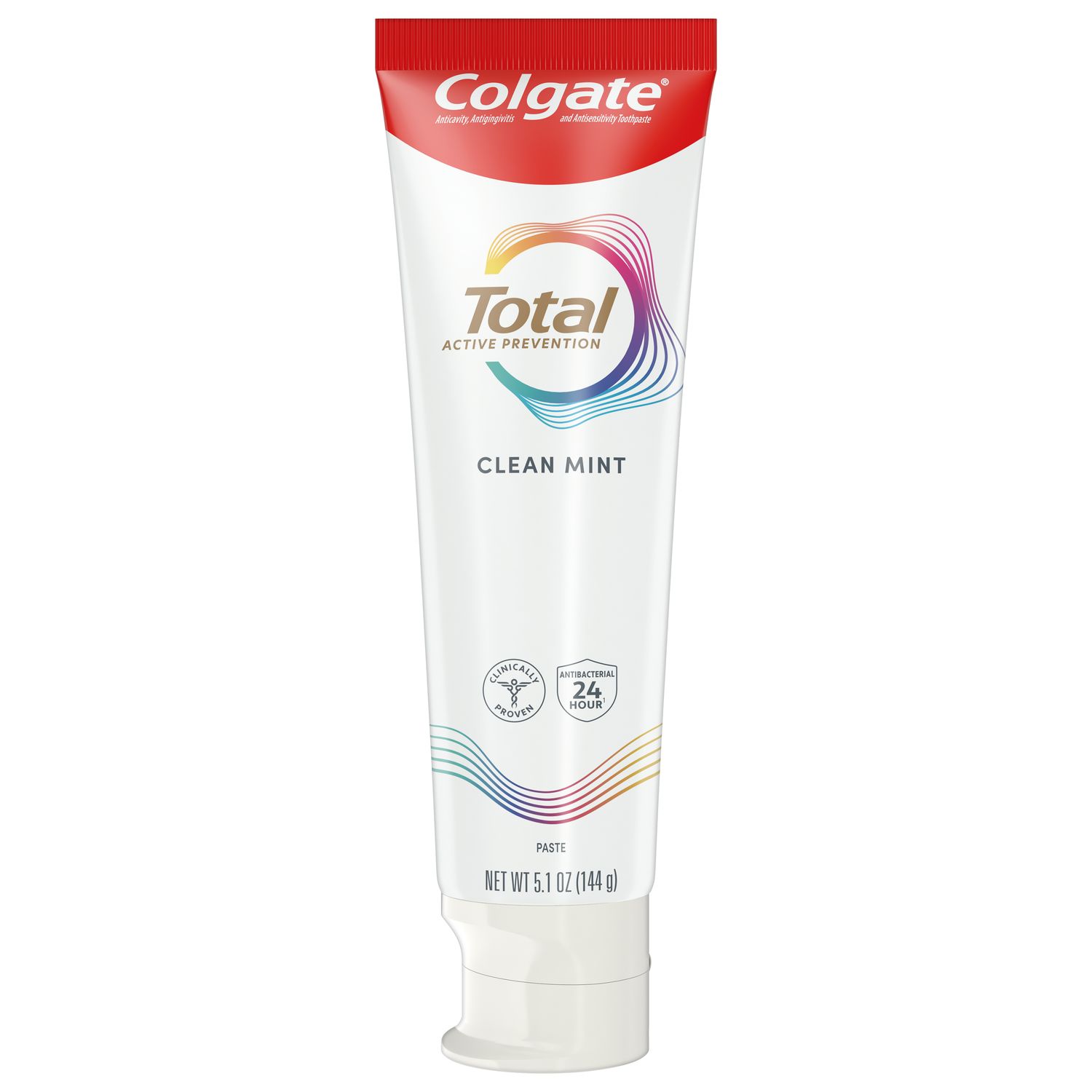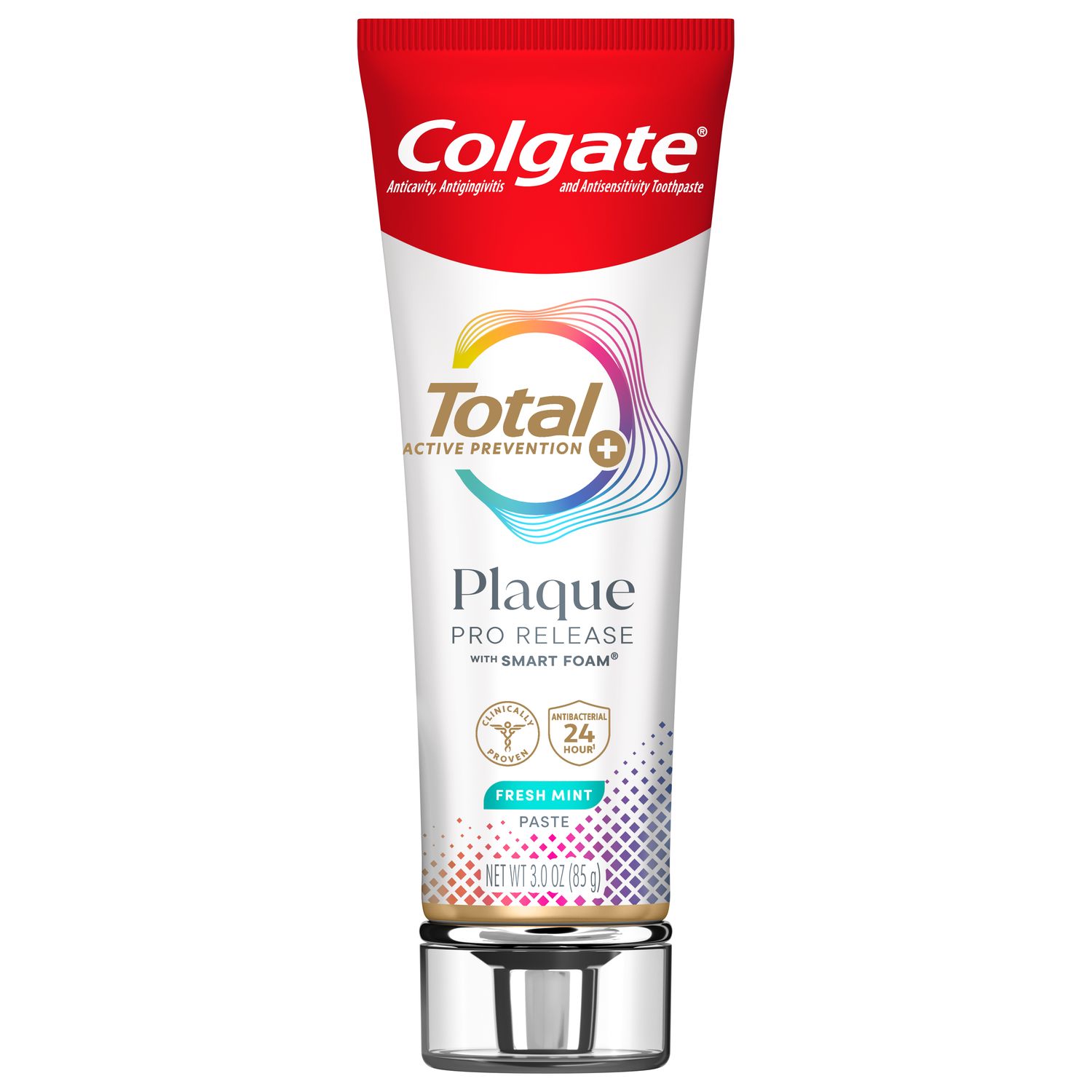-
Top Professional Products



-
Professional Articles
- Caries
- Dry Mouth
- Enamel Erosion
- Gum Issues
- Orthodontics
- Pediatric
- Sensitivity
- Whitening
- Social Responsibility
- Career Development
Try the new Colgate dental stuDENT app today

-
Gum Health Physical Tool
Assess your patients' gum health in your office using this tool and send them home with a personalized report.

-
Oral Health Commitment
- Oral Health Commitment
- Bright Smiles, Bright Futures
- Educational Resources
- Mobile Dental Van
- Volunteer
- Home
- Resources for Dental Hygienists | Colgate® Professional
- Products
- Pre-Procedural Rinsing in the time of COVID-19

SARS-CoV-2, the virus that causes COVID-19, is believed to be transmitted primarily via droplets and aerosols, as well as through contact, presenting an enhanced risk of transmission in the dental office. As a dental hygienist returning to work, you can help minimize this risk for yourself, your colleagues and your patients. Protocols include screening, social distancing and appropriate personal protective equipment.
Pre-procedural rinsing has also been suggested. Before discussing this, we should note there is currently no documented evidence that the use of pre-procedural rinses reduces SARS-CoV-2 viral loads or transmission of SARS-CoV-2, as highlighted in the interim guidance from the American Dental Association and the Centers for Disease Control and Prevention.
Several antimicrobial rinses have been used for pre-procedural rinsing, such as chlorhexidine gluconate, however they were tested for bacterial load reduction, not viral load reduction. As such, we can only hypothesize about the efficacy of pre-procedural mouthrinses in reducing COVID-19 transmission, based on their known modes of action.
An article from the International Journal of Oral Science suggests that chlorhexidine mouthrinses may not be effective against SARS-CoV-2. The authors recommend a pre-procedural mouthrinse with an oxidative agent, such as 1% hydrogen peroxide, pointing out that the virus is vulnerable to oxidation. Hydrogen peroxide produces hydroxyl free radicals that are known to attack the lipid “capsule” of enveloped viruses and the genetic material inside. It has been shown to have a virucidal effect in vitro on other coronaviruses.
When considering the potential and as yet undefined risk of transmission from dental aerosols, the safe history of use, availability and affordability of a 1.5% hydrogen peroxide mouthrinse, such as Colgate® Peroxyl®, makes it an attractive precautionary measure.
Pre-procedural rinsing has been recommended previously as a protocol to reduce bacterial loads in dental aerosols. With the support of your employer, you can offer to take the lead in educating the dental team about the potential benefits of mouthrinses like Colgate® Peroxyl®. Remember, too, to let everyone know that pre-procedural rinsing is an off-label use for mouthrinses. It may help to share resources such as those provided in this article, emphasizing the mechanism of action as a rationale for why pre-procedural rinsing may be helpful.
As the COVID-19 pandemic continues and we attempt to navigate the safe re-opening of our dental offices, now is a good time to consider pre-procedural mouthrinsing a standard part of every procedure.
Related Articles

Practice Management
What Is Stannous Fluoride Toothpaste?Discover what is Stannous Fluoride Toothpaste and its importance to prevent cavities and other oral health problems.

Career Development
Types of Arthritis, Joint Inflammation and Your Dental Hygiene CareerHave you felt pain in your shoulders, hands or knees after a long day? Learn how to distinguish between types of arthritis and joint inflammation.

Career Development
Budgeting For Dental Hygiene Equipment You NeedYou probably have a wish list of dental hygiene equipment. Products such as loupes or an ultrasonic insert with LED lighting make our jobs easier, but they come with a hefty price tag.
Related Products

Help Keep Patients More Informed
Share articles, videos and PDFs to help your patients learn more about specific conditions and effective treatments for a healthier smile.





